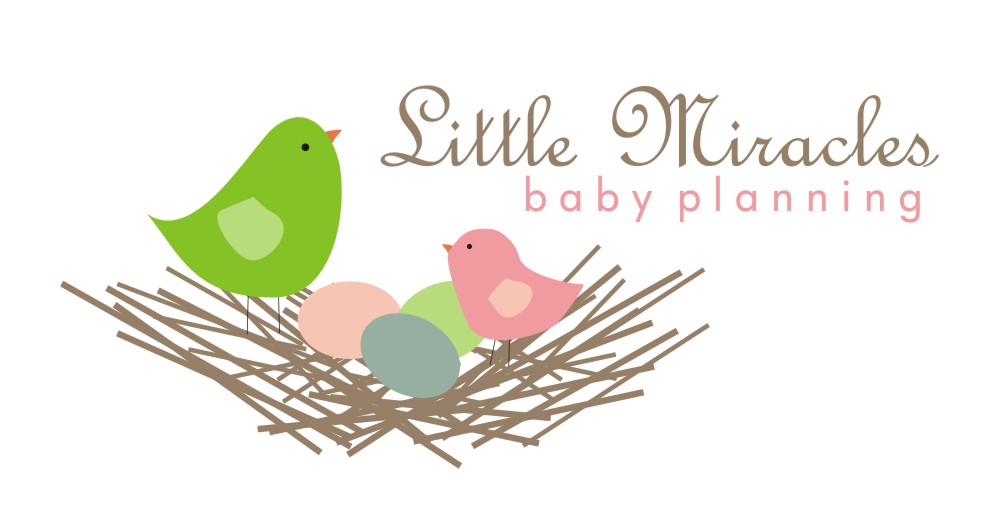For years doctors have encouraged parents to store toxic household cleaning products in locked cabinets, out of the sight and reach of children. While this advice may have helped considerably, with injury from cleaning products in children declining 46 percent since 1990, a new study by The Center for Injury Research and Policy published by the American Academy of Pediatrics demonstrates that children under age 6 are still at high risk of poisoning and other injuries from cleaning products in the home.
Spray bottles are the most common source of injury, especially those containing bleach-based products. Despite our best efforts to keep these and other products locked away, US poison control centers still receive hundreds of thousands of calls each year because of unintentional poisonings from cleaning products. Each call is more than a statistic; it's an important moment in the life of a family. And nearly 12,000 children were sick enough to be treated in US hospital emergency departments in 2006 alone.
To me, the old childproofing strategy has become out of date. We haven't seen much improvement in overall injury rates since 1996, and injuries from cleaners in spray bottles have actually increased. Meanwhile, effective non-toxic cleaning products are now available to get the job done at home.
When it comes to childproofing, I now recommend that in addition to childproofing their homes, expectant mothers and parents of young children replace their toxic household cleaning products with non-toxic alternatives -- reducing the risk both of immediate injury and of ongoing low-level exposure.
Who is at risk?
The Center for Injury Research and Policy reviewed 17 years of emergency room data for children under age 6 to analyze the scope of injuries from household cleaners. The results will be published in the September 2010Pediatrics.
- Children age 1 to 3 account for 72 percent of injuries
- One-year-olds account for 46 percent of injuries
- Boys (59 percent) are more likely affected than girls (41 percent)
- More than 80 percent of poisonings occur while at home
- Poisoning is the most common (68 percent), followed by chemical burns (16 percent), and other injuries to the skin or eyes (10 percent)
- Spray bottles are the most common source (40 percent), followed by regular containers (30 percent), kitchenware (14 percent), and recently cleaned items (8 percent)
- Bleach is the most common product ingredient (37 percent), followed by hydrocarbons, acids/alkalis, detergents, and ammonia
It's an easy one: Effective, non-toxic products are now available for every common household cleaning job. My advice is that you replace your toxic cleaners with those that are non-toxic.
Think about it this way: You make sure your child buckles up in the latest, safest car seat on the market. So why clean with out-of-date chemistry?

.png)




No comments:
Post a Comment